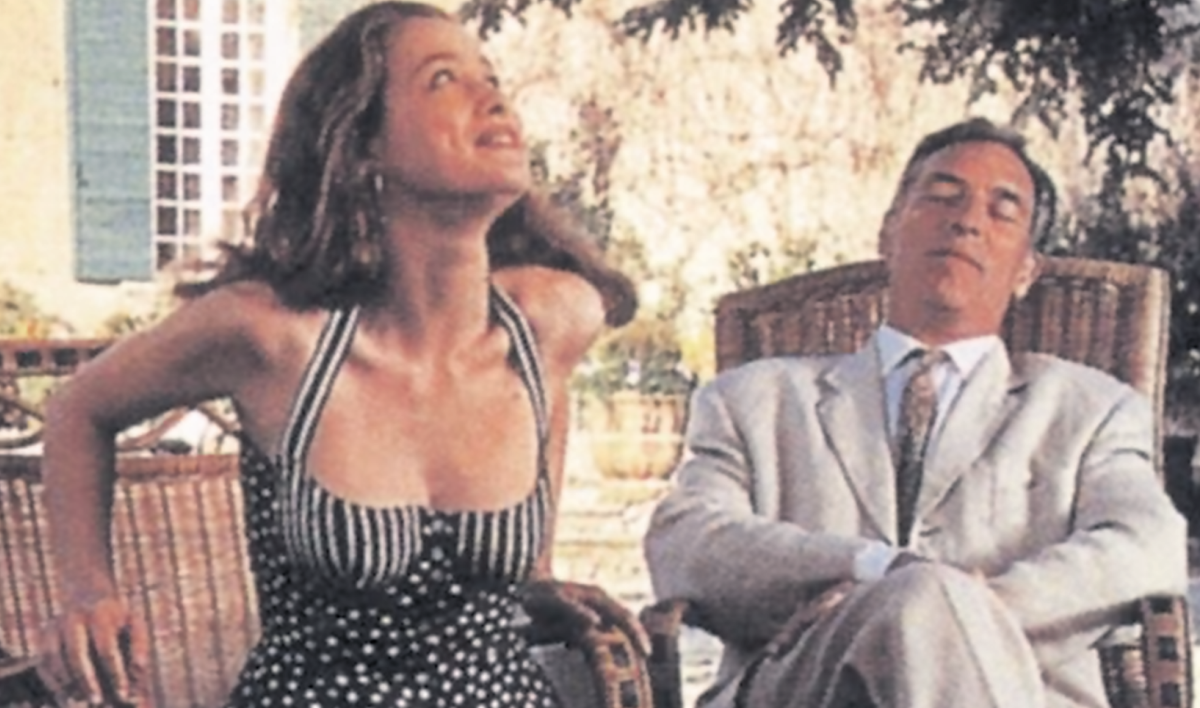As I’m writing this piece, Kate Bush currently sits on top of the UK singles charts with the brilliant track ‘Running Up That Hill’, a cool 37 years after its release in 1985.
It reached this peak after being featured in a recent episode of Stranger Things — the brilliantly retro series that relentlessly evokes personal childhood memories of Spectrums, Truffle Shuffles and BMXs — bringing this stunning track to the attention of audiences, many of whom will be hearing the haunting vocals for the very first time.
A similarly nostalgic content piece was launched last month as part of the Palace X CK One collaboration, a brilliantly self-referential film, featuring everyone from Willem Defoe to the Pet Shop Boys, with a bit of Joan Collins thrown in for good measure.
It felt both achingly modern and reassuringly old, all at once. It worked for me.
The rise in vinyl sales, the relaunch of retro gaming consoles, and the resuscitation of old brands are all further signals that we seem to in the midst of a significant resurgence in misty-eyed nostalgia.
Christ, even ‘Papa and Nicole’ are threatening a comeback.
So, what’s the deal?
Krystine Batcho, a psychologist and professor at Le Moyne College in New York, is an expert in the field of nostalgia. She explains that the term “nostalgia” was “coined in 1688 as a label for severe homesickness in response to conditions suffered by troops serving away from home during wartime” and we continue to see this pattern of behaviour play out with our more modern challenges.
The pandemic, of course, saw us reaching for a semblance of normal, for things that we knew were understandable and unchanging. We made a beeline for family and friends, albeit virtually, but absolutely with more intent than ever before, as my mother would no doubt testify.
There was a surge in Spotify playlists about nostalgia, audiences for reruns of Last of the Summer Wine (1973) went up by 30%, and we all had a crack at making bread (this still baffles me, even though I did too, unbelievably badly).
Nostalgia allows us to hark back to perceived ‘simpler times’, it gives us not just a memory of things, but a sense of feeling and a sense of place. Batcho notes a 2015 study that “… showed that nostalgic reminiscence can be a stabilising force… strengthening our sense of personal continuity.” It’s a powerful emotional tool in the battle for hearts and minds, culturally, politically and, from a brand POV, commercially.
The challenge for those playing with nostalgia comes in not letting it excuse a lack of ambition or momentum. Palace and CK One struck the chord perfectly, as did the recent Adidas X Gucci drop. The slowthai video for ‘CANCELLED’ playfully reprised the old Budweiser ‘Wassup’ ad, but made it modern and relevant.
On the flipside, the Platinum Jubilee, although a modern moment in history, created an environment of national pride and celebration that seemed to owe more to the post-war years than a celebration of modern Britain. And we’ve seen many examples where a reliance on nostalgia alone hasn’t been enough to energise a failing brand or provide enough impetus for a reboot — Woolworths, Atari, Kodak.
Yes, nostalgia for perceived simpler times is a defence mechanism designed to place us back in a safe place we recognise, and the tougher the times, the more likely we are to ‘run up that hill’. But for us all — people, brands, whoever — its power lies in unlocking creative impetus to move forward, connecting with new audiences, and creating hope for the future.
Featured image: Papa and Nicole, Renault Clio advert (1991-1998)

